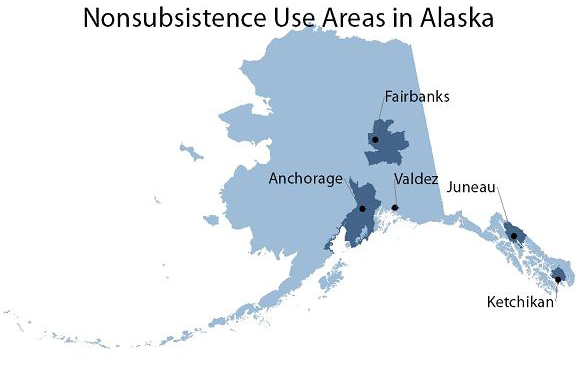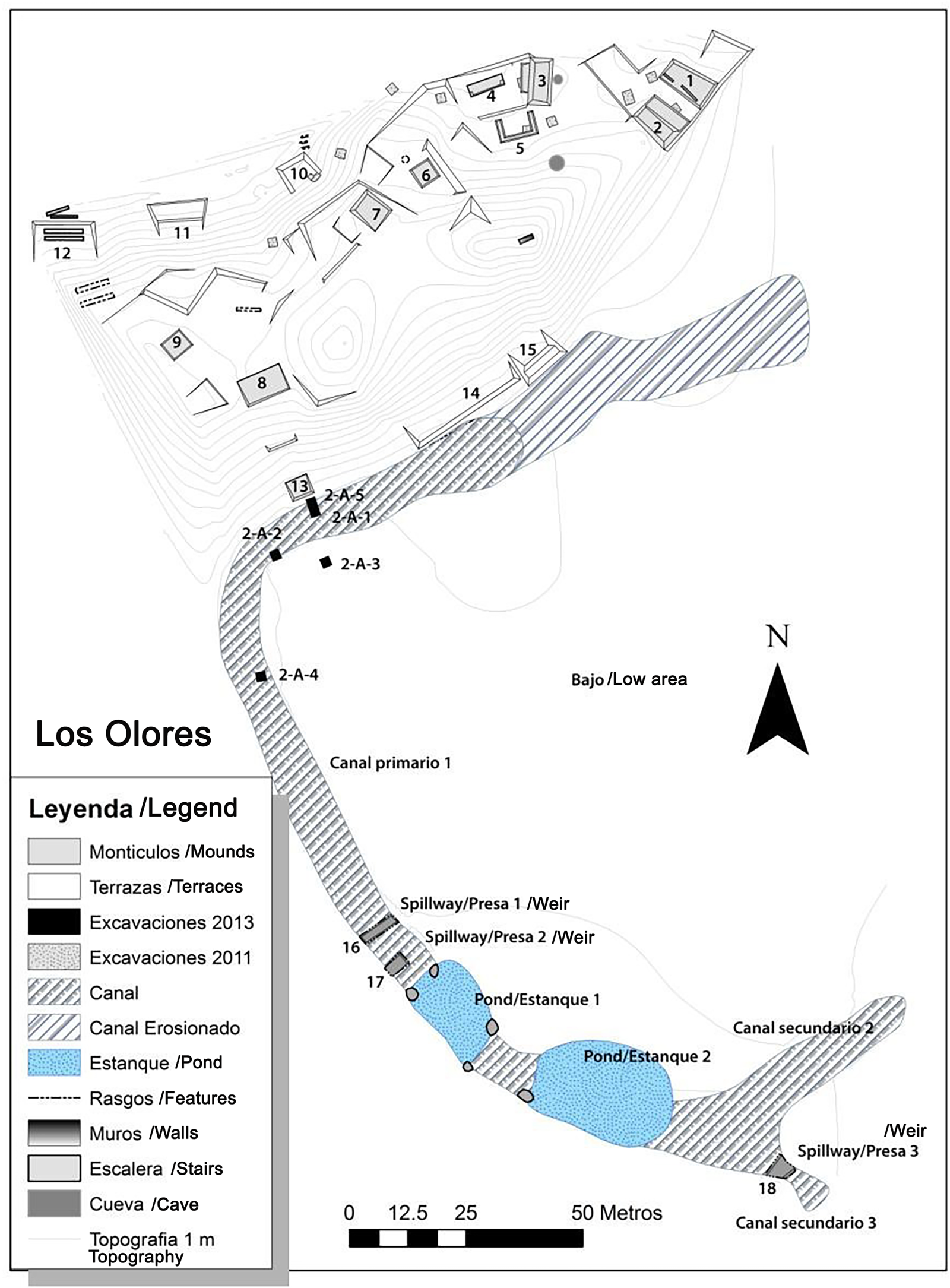
The Kuskokwim Delta: Navigating Alaska’s Living Yup’ik Ancestral Map
Forget paper charts and GPS coordinates. To truly understand the profound concept of a map, one must journey to a place where the landscape itself is the map, etched not in ink, but in generations of memory, tradition, and survival. This place is the Kuskokwim River Delta in Southwest Alaska, the ancestral homeland of the Yup’ik people. As a travel destination, it offers not just stunning natural beauty, but an unparalleled opportunity to walk, float, and fly through a living, breathing atlas of subsistence, culture, and deep ecological wisdom.
This isn’t a review of a resort or a curated tourist attraction. It’s an assessment of an entire region, a vast expanse of braided rivers, endless tundra, and a coastline shaped by the Bering Sea, viewed through the lens of its original inhabitants. For the adventurous traveler seeking genuine immersion and a profound connection to the land, the Kuskokwim Delta is an extraordinary, albeit challenging, "destination" that demands respect, humility, and an open mind.
The Landscape as Cognitive Cartography

From the moment a bush plane’s pontoons kiss the glassy surface of a Kuskokwim slough, the sheer scale of this place overwhelms. Below, the land unfolds in a mosaic of wetlands, countless lakes, and the serpentine arteries of the Kuskokwim River, stretching for hundreds of miles. This immense, seemingly featureless expanse is, in fact, a meticulously detailed ancestral map for the Yup’ik. Unlike Western maps that abstract features into symbols, the Yup’ik ancestral map is sensory, seasonal, and deeply narrative. It’s a cognitive cartography passed down through oral tradition, lived experience, and an intimate understanding of ecological cycles.
For the Yup’ik, specific bends in a river are not just geographical markers; they are "salmon fishing spots," known for the precise timing of runs, the best methods for harvest, and the families whose traditional rights are tied to them. A particular patch of tundra isn’t merely "open ground"; it’s "where the caribou herds migrate in late fall," "the best spot for picking salmonberries after the first frost," or "a reliable place to find medicinal plants." These are not static points on a grid, but dynamic, living areas defined by their resources and the human activity they sustain.
Navigating the Subsistence Seams
Exploring the Kuskokwim Delta is to navigate these subsistence seams. Your "guide" might be a local elder, a hunter, or a fisherman, whose knowledge of the land is encyclopedic. They don’t just point out landmarks; they tell stories that are the landmarks.

- The Rivers: Arteries of Life. The Kuskokwim River and its countless tributaries are the primary highways. Traveling by boat, you trace routes used for millennia. Here, the "maps" detail the precise locations of fish camps – temporary settlements set up during the summer salmon runs. You’ll see evidence everywhere: traditional fish wheels turning rhythmically, racks laden with drying salmon, the distinct aroma of woodsmoke preserving the catch. Each camp, each slough, each gravel bar has a name and a story, marking generations of family presence and specific harvesting techniques for king, sockeye, chum, and silver salmon, as well as sheefish and whitefish. A deep channel known for overwintering whitefish might be marked on this ancestral map as a prime ice-fishing location in the dead of winter.
- The Tundra: A Bountiful Pantry. Step onto the tundra, and the map shifts. This vast, spongy landscape, alive with sedges, mosses, and dwarf shrubs, reveals areas for berry picking (blueberries, cranberries, salmonberries) that sustain communities through the long winter. You learn to read the subtle changes in elevation and vegetation that indicate prime feeding grounds for caribou or moose, or the nesting sites of migratory birds like geese and ducks – crucial protein sources. The ancestral map here isn’t about trails, but about the seasonality of resources, the migration patterns, and the respectful protocols for harvesting. A seemingly identical patch of ground might be "good for ptarmigan in winter" or "where the cloudberries ripen in August."
- The Coastline: Gifts of the Bering Sea. Where the Kuskokwim meets the Bering Sea, the map takes on a different dimension. Here, the ancestral knowledge encompasses the movements of seals and beluga whales, the treacherous tides and currents, and the locations of traditional seal hunting grounds. Coastal communities also rely on marine resources, and the map extends out onto the ice in winter, guiding hunters to breathing holes and migratory paths.

The Travel Experience: Beyond Tourism
A "review" of the Kuskokwim Delta as a travel destination must emphasize that this is not a passive experience. It’s an active engagement with a living culture. Visitors typically fly into Bethel, the regional hub, then connect to smaller villages via bush plane or riverboat. Accommodations are sparse, often in local homes or small, basic lodges. The real value lies in the interaction.
- Local Guides are Essential: Without a local guide, interpreter, or host, the ancestral map remains largely unreadable. These individuals are the living repositories of knowledge, sharing not just geographical data, but cultural context, language, and the deep respect for the land that defines Yup’ik identity. They can point out a specific "hunting blind for geese," not just as a structure, but as a site where generations have waited patiently, understanding the flight paths and calls of the birds.
- Village Immersion: Spending time in a Yup’ik village is transformative. You’ll witness the daily rhythm of subsistence, the importance of family and community, and the ongoing efforts to preserve language and traditions. This isn’t a show; it’s everyday life. You might be invited to share a meal of freshly caught fish, observe the intricate process of hide tanning, or hear stories that literally map the landscape through generations of experience.
- Challenges and Rewards: Travel here is rugged. Weather can be unpredictable, insects abundant, and amenities minimal. This is a wilderness experience, demanding preparedness and flexibility. But the rewards are immense: unparalleled wildlife viewing (brown bears, caribou, migratory birds), breathtaking landscapes, and an education in sustainable living that transcends any textbook.

The Enduring Legacy: A Map for the Future
The Yup’ik ancestral maps of subsistence areas are not relics of the past; they are dynamic, constantly updated by current observations, yet deeply rooted in ancient wisdom. They are critical tools for survival, for cultural continuity, and for managing the land in the face of modern challenges like climate change, which profoundly impacts traditional food sources and travel routes.
For the conscientious traveler, a visit to the Kuskokwim Delta offers a unique opportunity to witness this living legacy firsthand. It’s a chance to understand that "maps" can be far more than lines on paper – they can be songs, stories, seasonal rhythms, and the collective memory of a people inextricably linked to their environment.
Conclusion: An Unforgettable Journey into the Heart of a Culture
Rating the Kuskokwim Delta as a "travel destination" feels inadequate, as it transcends conventional tourism. It is a profound educational journey, an opportunity to engage with one of the most resilient and culturally rich indigenous communities on Earth.
Overall Experience: 5/5 (for the right traveler)
Accessibility: 2/5 (remote, challenging)
Cultural Immersion: 5/5 (unparalleled)
Natural Beauty: 5/5 (vast, wild, stunning)
Learning Opportunity: 5/5 (life-changing)
If your travel philosophy prioritizes authentic cultural exchange, raw wilderness experiences, and a deep respect for indigenous knowledge, then the Kuskokwim Delta is an essential pilgrimage. It’s a place where the land speaks volumes, and where every river bend, every tundra patch, and every changing season tells a story that has been mapped, lived, and revered for thousands of years. It’s not just a destination; it’s an invitation to read a map unlike any other – a map written by life itself.
